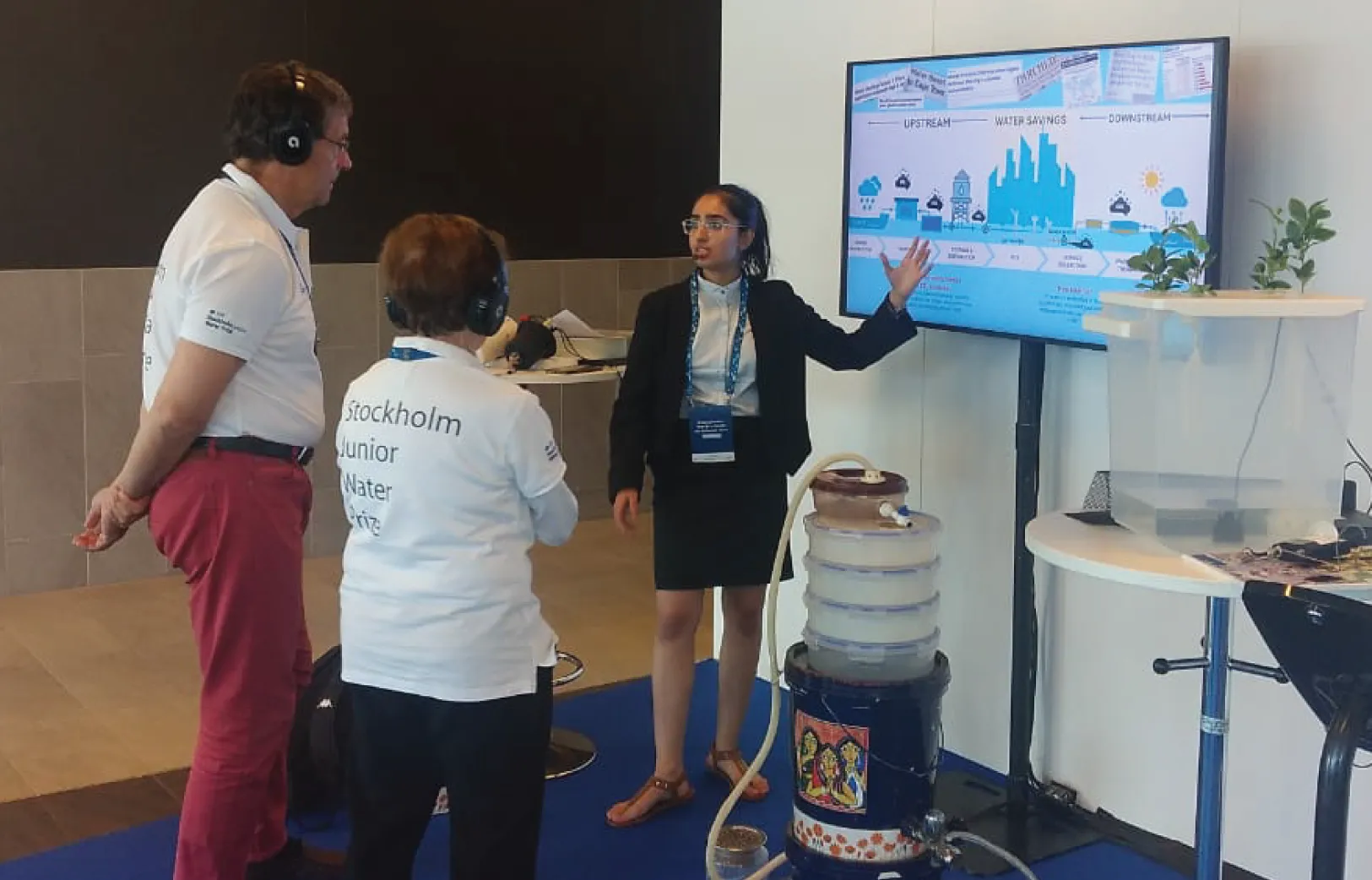- Our Story
- Our Impact
-
Our Projects
Residential
Commercial
- Careers
How Infrastructure in Education Can Shape Academic and Holistic Success
By LODHA
May 09, 2024Every parent strives to get their children the best possible education, and choosing the right education environment can be a challenge. While there are a variety of factors to keep in mind when choosing a school for your child, a key factor that is often overlooked is infrastructure. This includes the quality of the buildings, recreation and sports amenities, technology facilities in classrooms, transport and safety measures deployed at the school. The best schools in Thane such as the Lodha schools have earned their reputations by building effective school infrastructure that helps create a conducive learning environment, promoting student engagement, and supporting the overall goals of education. It plays a crucial role in shaping the quality of education and the overall experience of students and educators within the school setting.
The Impact of Infrastructure on Learning
Boosts Student Performance
A school in Mumbai with stellar academic infrastructure will likely be more inviting to students than a school with bare minimum amenities. For instance, access to technology and digital learning tools such as computers and online knowledge databases can make students keener to come to school and learn. This, in turn, can also positively affect the student's performance in school, be it increased test scores or improved concentration.
Creating Safe and Supportive Environments
Moreover, infrastructure plays a crucial role in ensuring the safety and well-being of students. Amenities in schools like robust safety measures, including surveillance cameras, secure entrances, and emergency response systems, create a secure learning environment where students can thrive without fear. Additionally, amenities such as clean drinking water and hygienic restroom facilities contribute to the overall health and wellness of students, enabling them to focus on their studies and personal growth.
Holistic Development
The quality of infrastructure in education directly impacts both academic achievement and holistic success. A well-designed and well-maintained learning environment enhances student engagement, promotes active learning and fosters a sense of belonging within the school community. Students are more likely to excel academically when they feel safe, supported, and inspired by their surroundings.
Furthermore, holistic success encompasses not only academic achievement but also personal development, social-emotional well-being, and life skills acquisition. By providing comprehensive infrastructure that caters to diverse needs and interests, educational institutions empower students to realize their full potential and become lifelong learners, critical thinkers, and responsible citizens.
Key Infrastructure at the Top Schools in Mumbai
Beyond the Learning Essentials
Basic furniture items like desks and chairs are essential to facilitate learning, but creating a conducive environment for learning goes beyond these basics. An ergonomically designed classroom optimises the space to promote learning opportunities and maintain a healthy environment for children's development. Proper lighting and good ventilation create an environment ideal for focused learning. Additionally, using projectors, smart boards, etc. in classrooms can enrich the lessons by making them interactive.
A well-stocked library enables students to read independently and pursue their interests among other things. Some school libraries provide access to online libraries with reputable research papers to their students. Additionally, the need for updated digital learning infrastructure in schools cannot be overlooked.
Recreational Facilities | Encourages Active Lifestyle
It has been established that physical activity plays a crucial role in the overall development of a child. Thus, the best schools in Mumbai have a dedicated playground for their students to provide opportunities for developmental social bonding and increased physical activity.
Additionally, indoor gyms and other sports facilities in schools, such as a football/badminton court can help students to develop motor skills and much more. A well-equipped recreational space with functioning equipment and adequate space allows the school to arrange sports activities and conduct physical education classes seamlessly.
Nurturing Well-being
Proper nutrition is imperative for a child's health, brain function, well-being and productivity. Numerous studies show that nutrition has a great influence on brain function and consequently influences a child's learning power and performance. Thus, schools must provide clean and functional dining spaces for students to encourage healthy eating habits. Offering a diverse menu of nutritional foods as a part of the menu can also help inculcate healthy eating habits in children.
Ensuring Safety and Wellness | Promoting Health Culture
Health facilities in schools are vital components of infrastructure, ensuring the well-being and safety of students and staff. Equipped with first-aid kits, trained personnel, and medical rooms, they offer prompt assistance during emergencies. Regular health check-ups, counselling services and preventive programs foster a culture of wellness, supporting students' academic and personal growth. Prioritizing health facilities demonstrates a commitment to holistic development, laying a foundation for students' future success.
Build a Better Tomorrow with Lodha
The premium infrastructure at every Lodha school facilitates the development of students and has a positive effect on their learning capabilities. Studies show that a simple modification in the physical design of a classroom can lead to better engagement.
The positive impact of education initiatives taken by Lodha is evident through Lodha World School and Lodha Oakwood School (an international school in Mumbai). The infrastructure of these schools creates a conducive environment for learning and promotes the overall development of children. Smart classrooms, recreational spaces, medical facilities, cleanliness and well-stocked libraries are the components of quality infrastructure that enrich the educational experience of students.
You may also like



 Enquire
Enquire
 Call
Call
 chat
chat
 Search
Search





